Description
The Matthew was a type of ship called a caravel, (Portuguese: caravela) a small, highly maneuverable sailing ship developed in the 15th century by the Portuguese to explore along the West African coast and into the Atlantic Ocean.
She was sailed by John Cabot, an explorer and entrepreneur, in 1497 from Bristol to North America, presumably Newfoundland. After a voyage which had got no further than Iceland, Cabot left again with only one vessel, the Matthew, a small ship (50 tons)and the crew of only 18 men. The Matthew departed in May 1497. He sailed to Dursey Head, Ireland, from where he sailed due west, expecting to reach Asia. However, landfall was reached in North America on 24 June 1497. His precise landing place is a matter of much controversy, with Cape Bonavista or St. John’s in Newfoundland the most likely sites. Cabot went ashore to take possession of the land, and explored the coast for some time, probably departing on 20 July. On the homeward voyage his sailors incorrectly thought they were going too far north, so Cabot sailed a more southerly course, reaching Brittany instead of England. On 6 August he arrived back in Bristol.
After her glory year at sea in the Atlantic, the Matthew was owned by the Bristol merchant, John Shipman. He was the port’s richest shipowner, being owner or part owner of five great ships by 1513. By the end of 1498 The Matthew was back to her normal duties in the port of Bristol. The records show that goods were seized from the vessel because the owner had failed to pay his customs duties on them – The Matthew might have been involved in smuggling! From then until about 1507 the ship was used as an ordinary merchantman when she seems to have gone out of service.
Many more expeditions to the New World were launched from Bristol in the decade after Cabot’s voyages but they generally seem to have employed much larger ships, such as the 120-ton Gabriel and the 130-ton Jesus Bonaventure. Bristol’s merchants probably chose to use larger vessels for the later expeditions to carry enough food, stores and goods to supply them through long voyages and to trade with the people they encountered on their arrival.
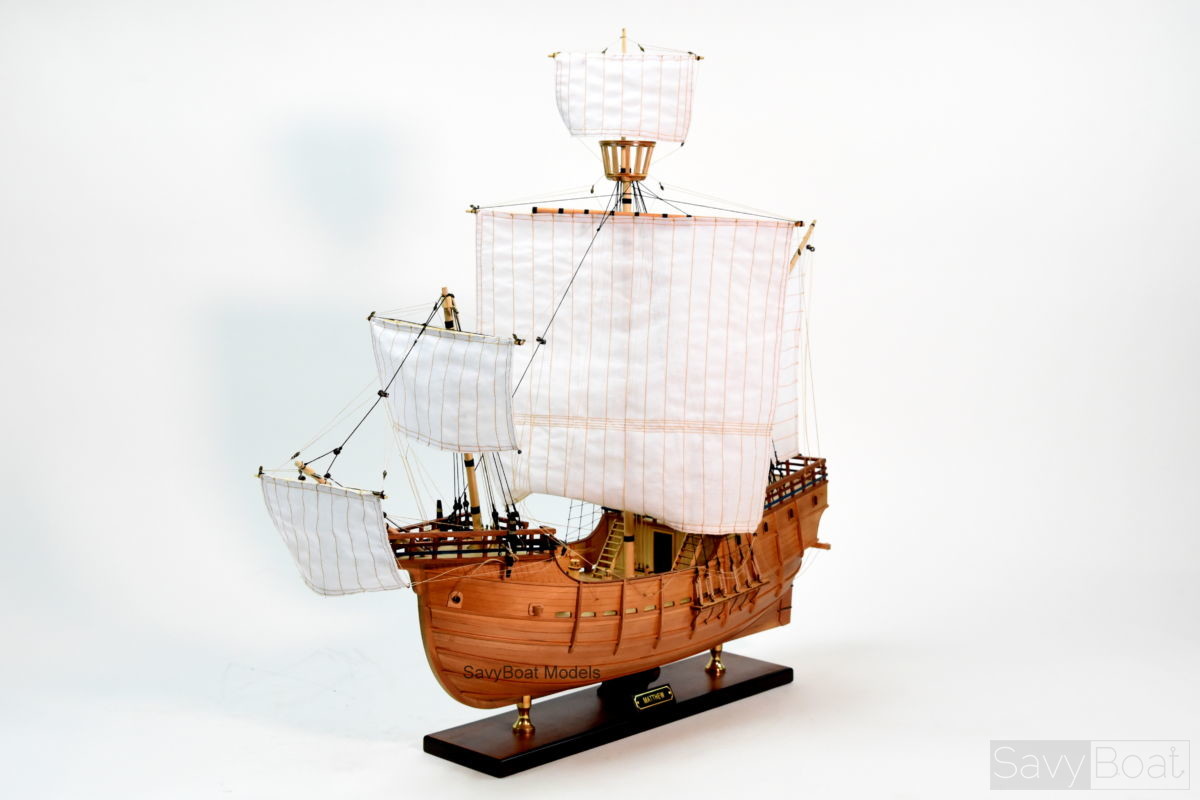
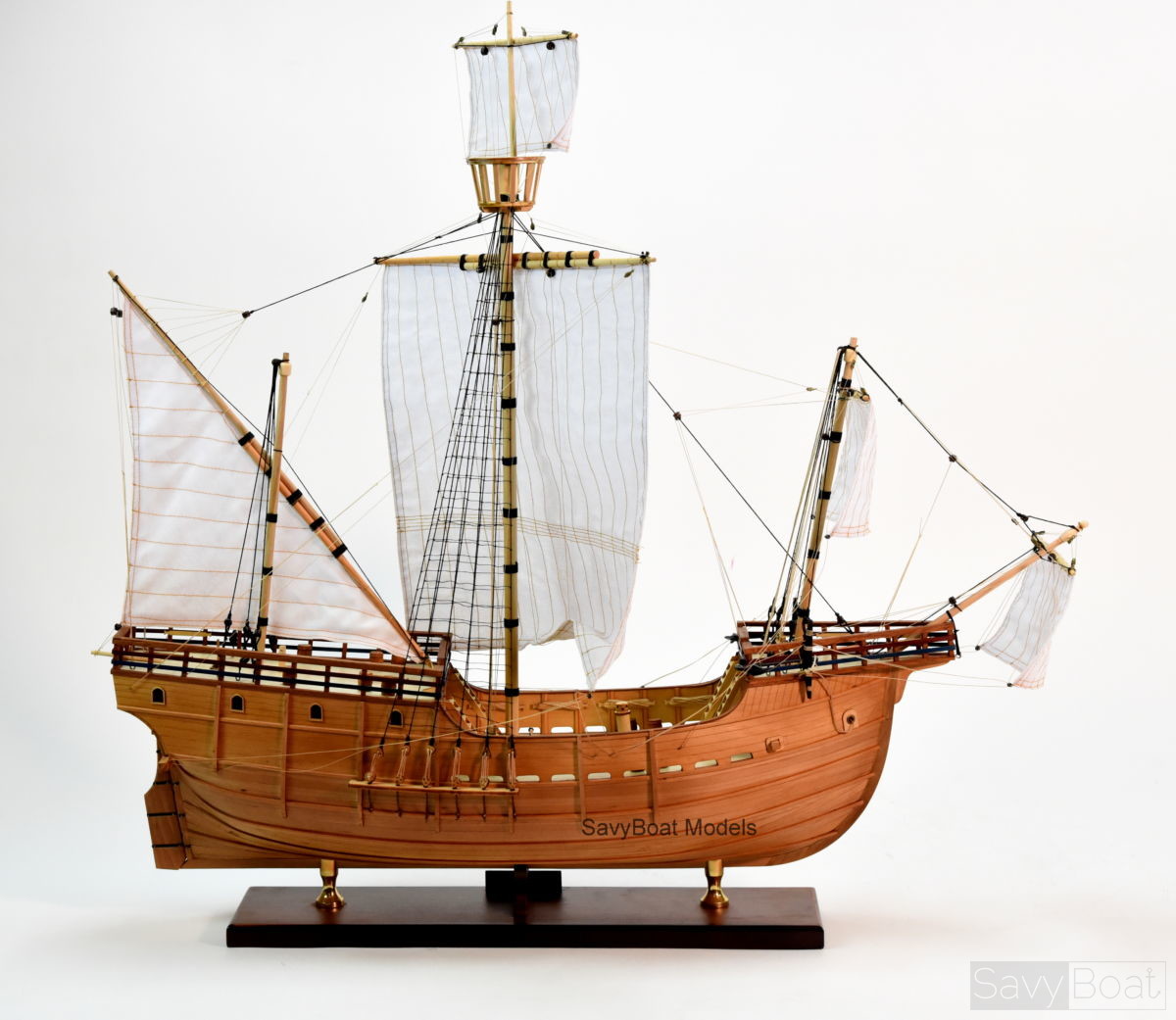
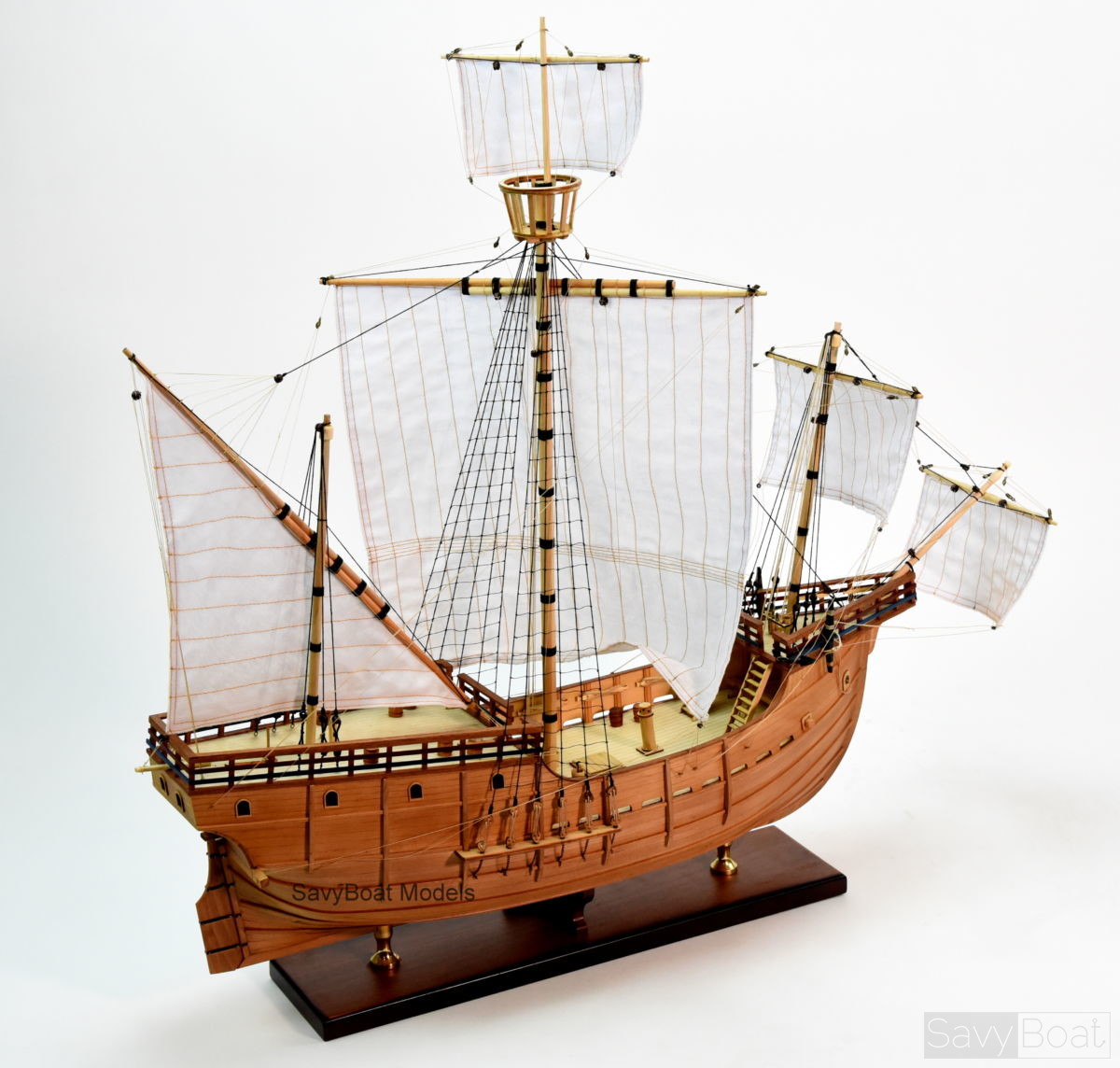
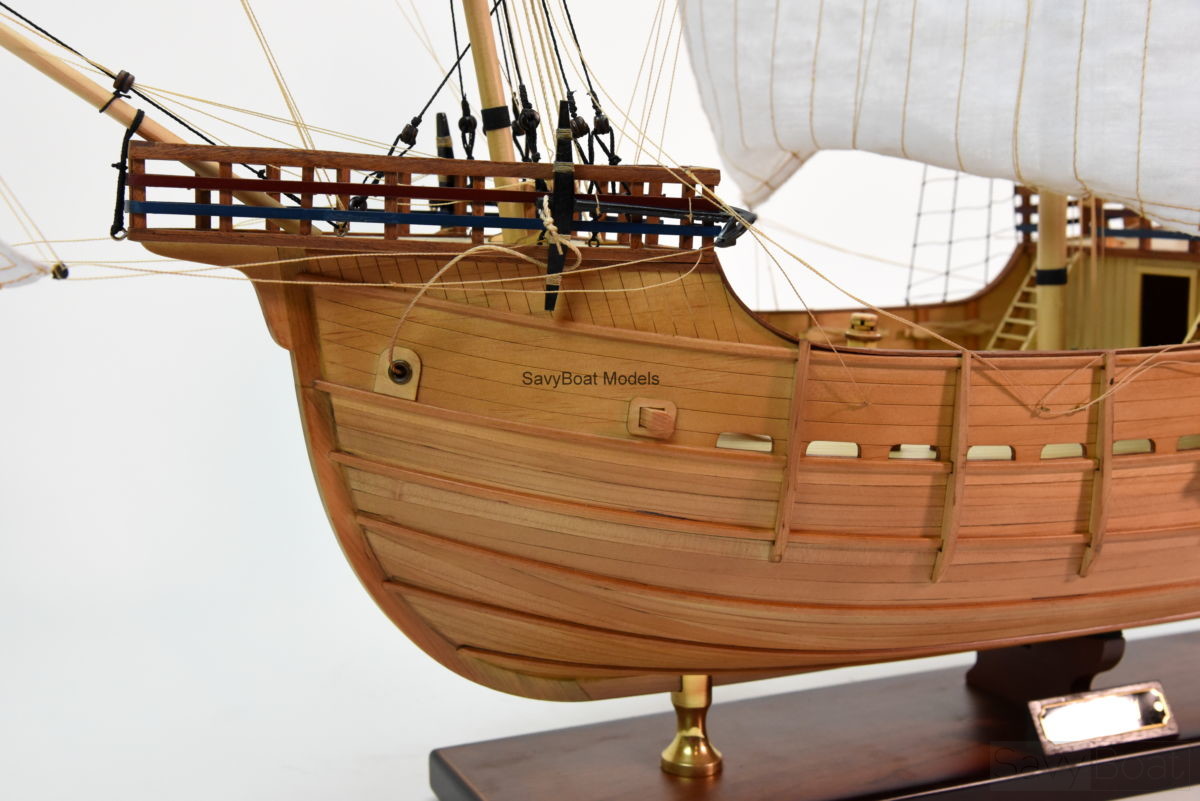
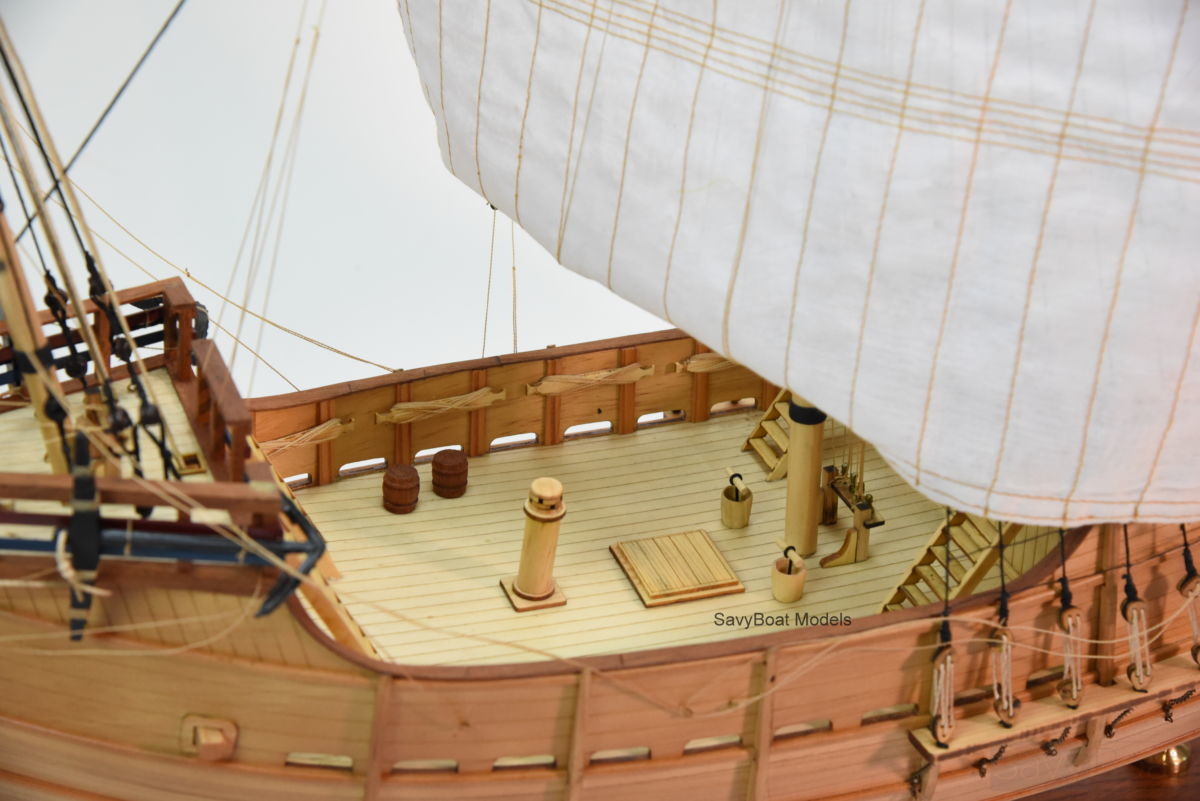
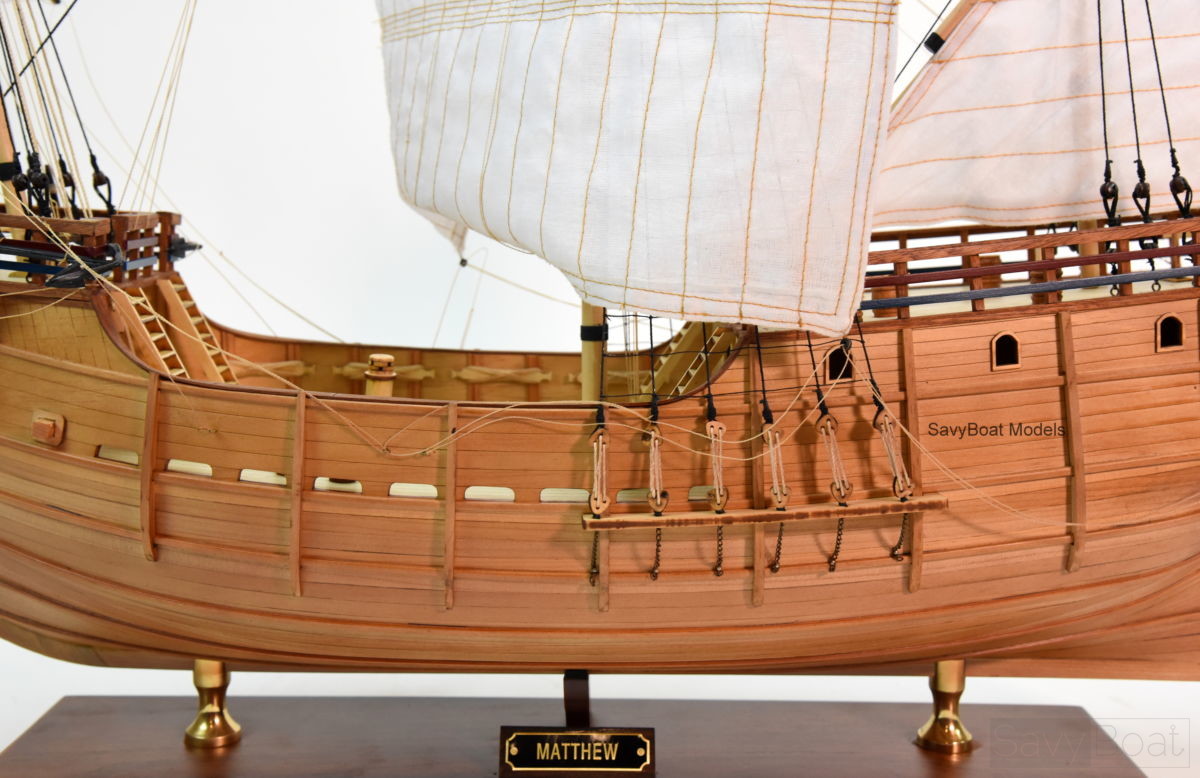
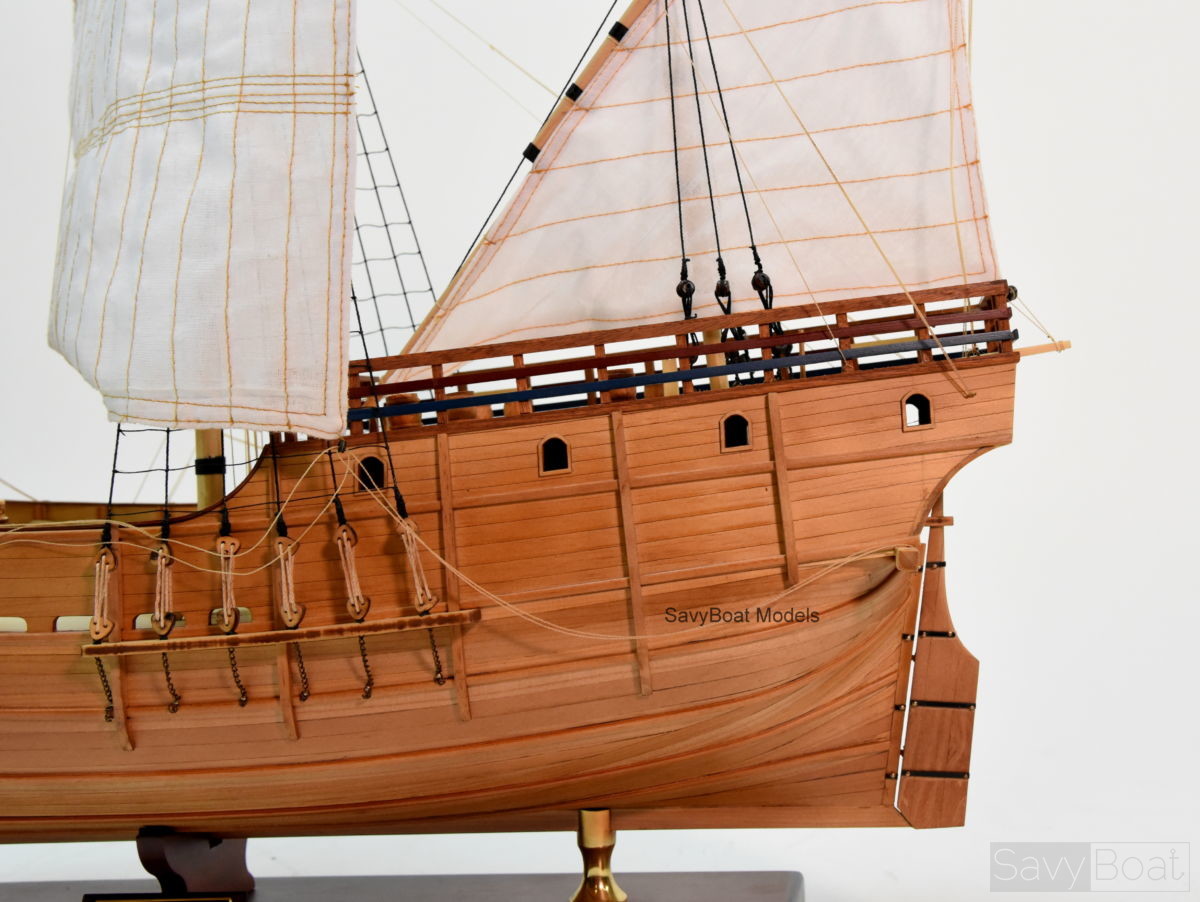
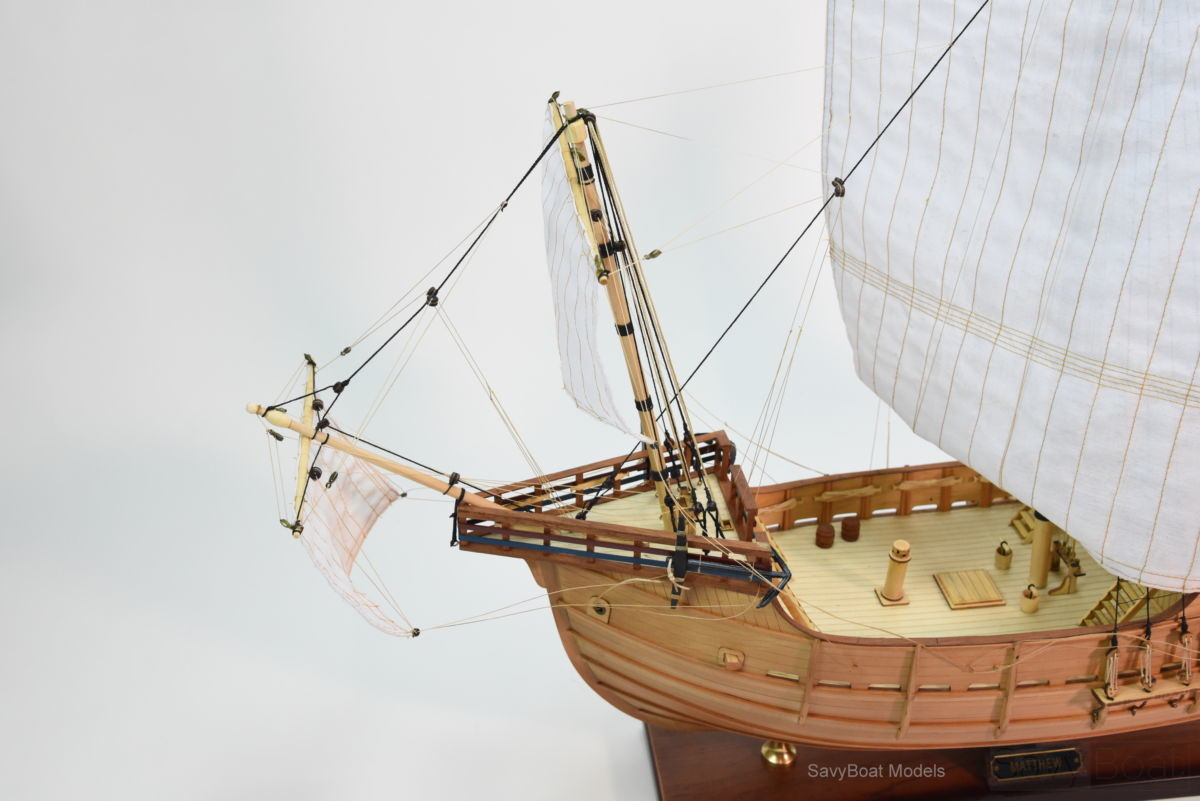
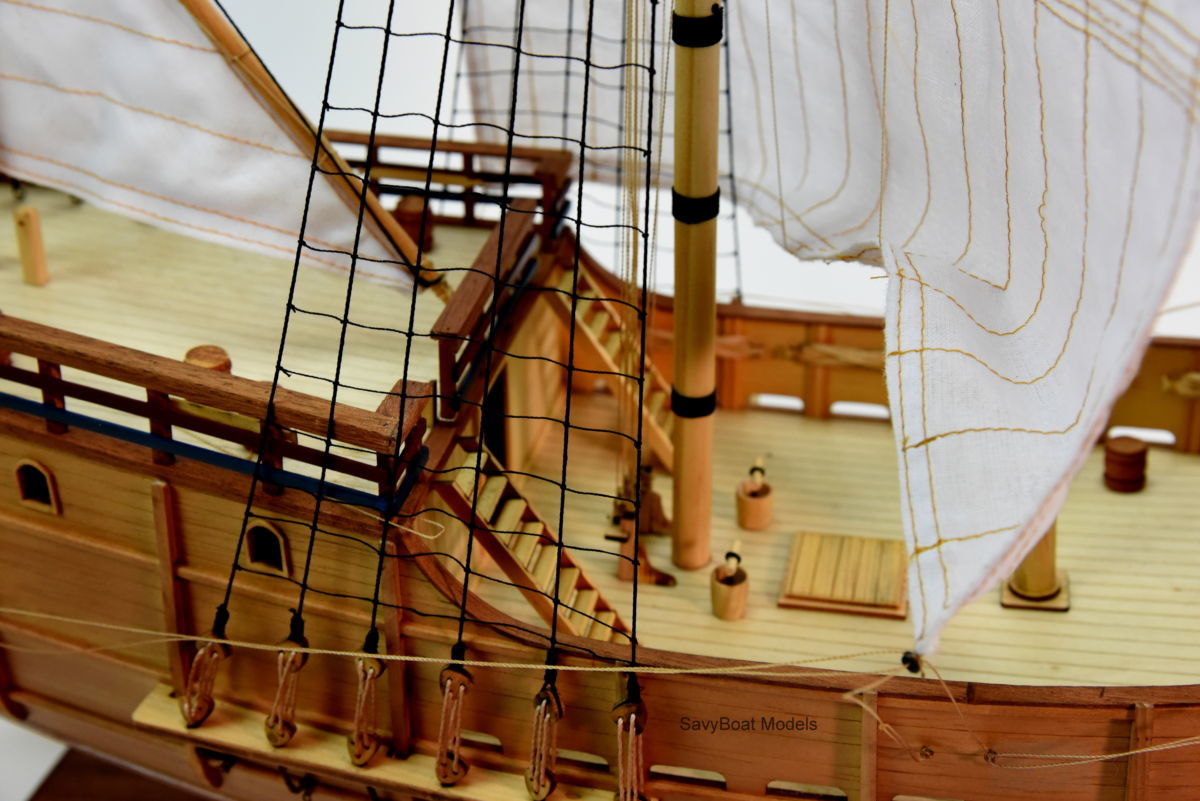
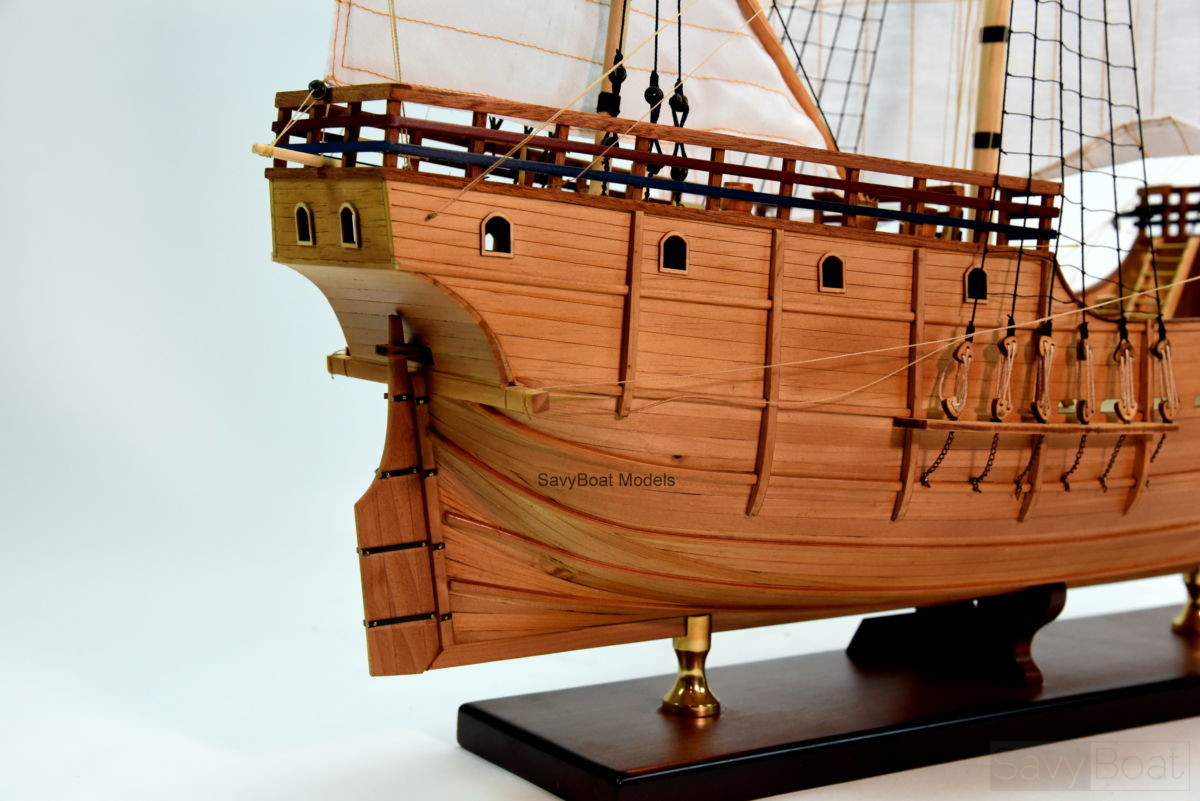
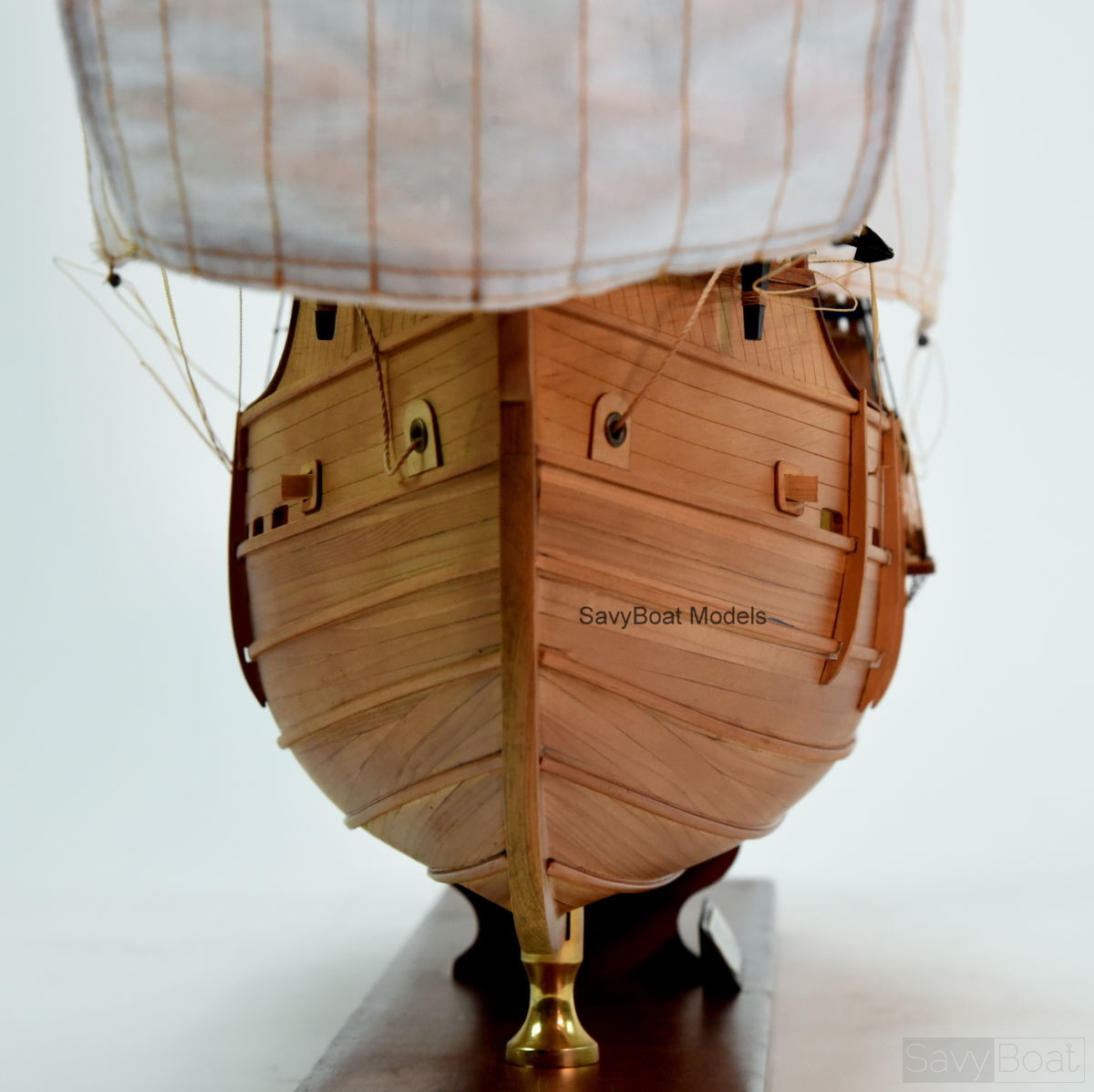
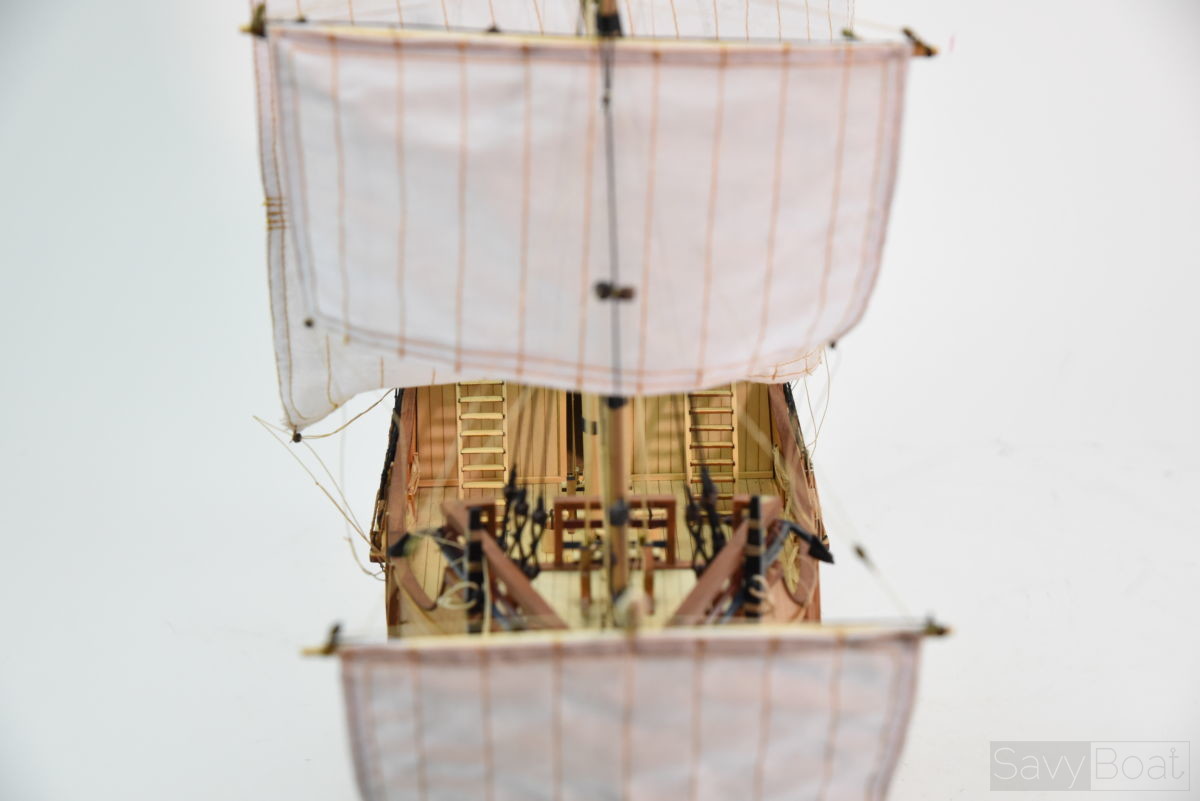
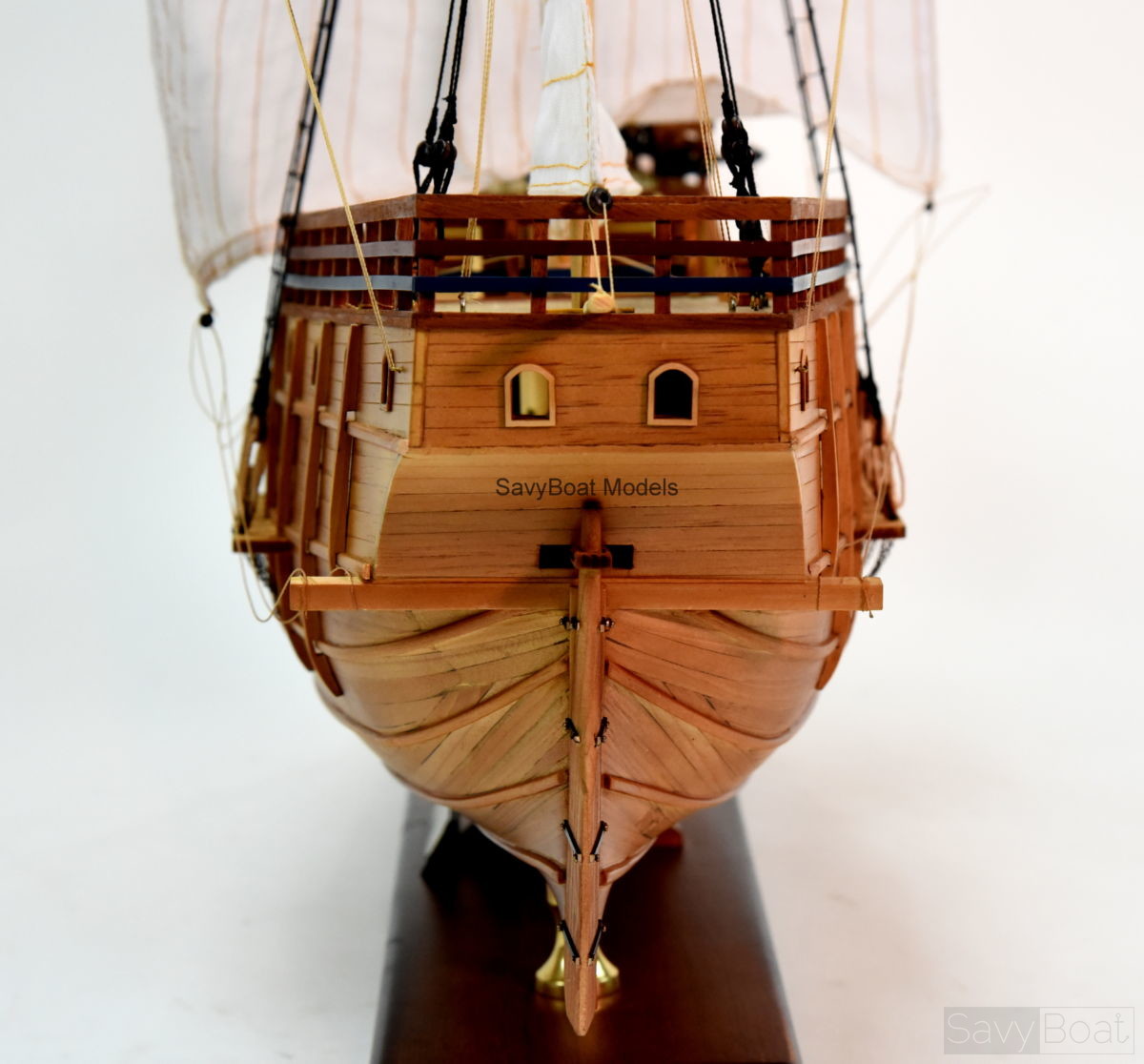
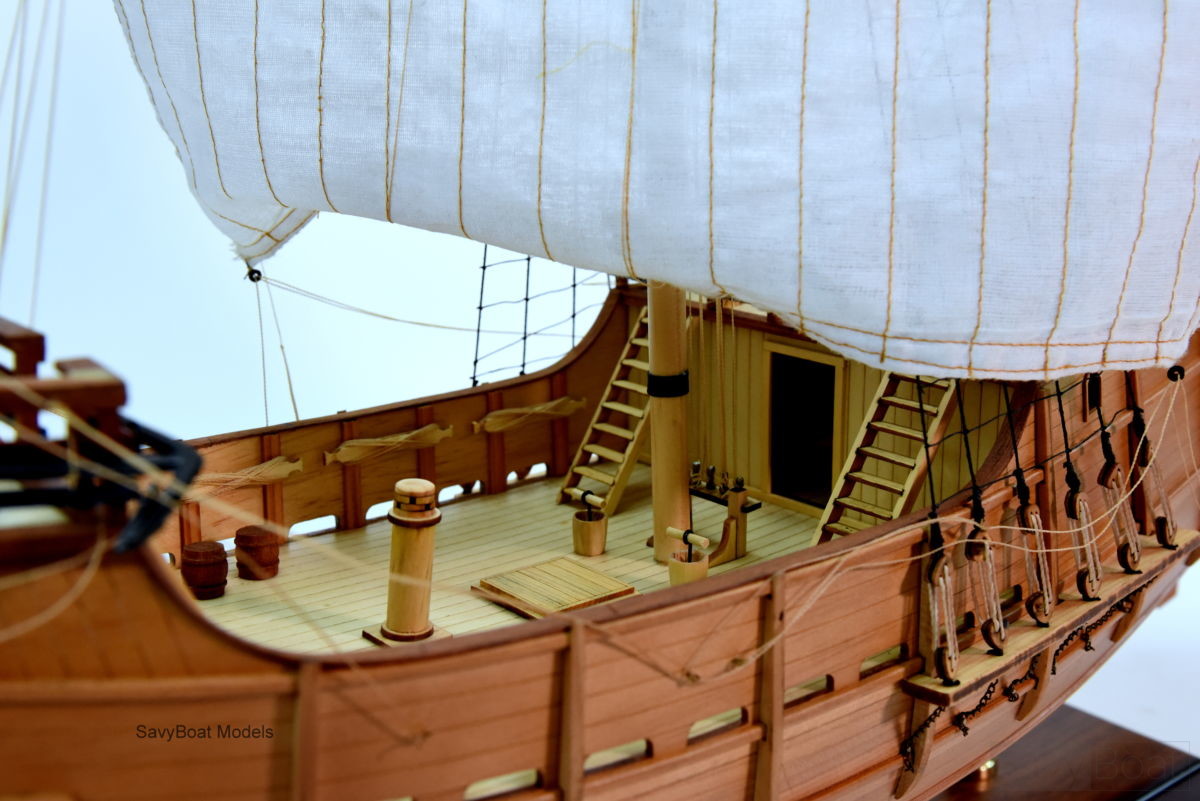
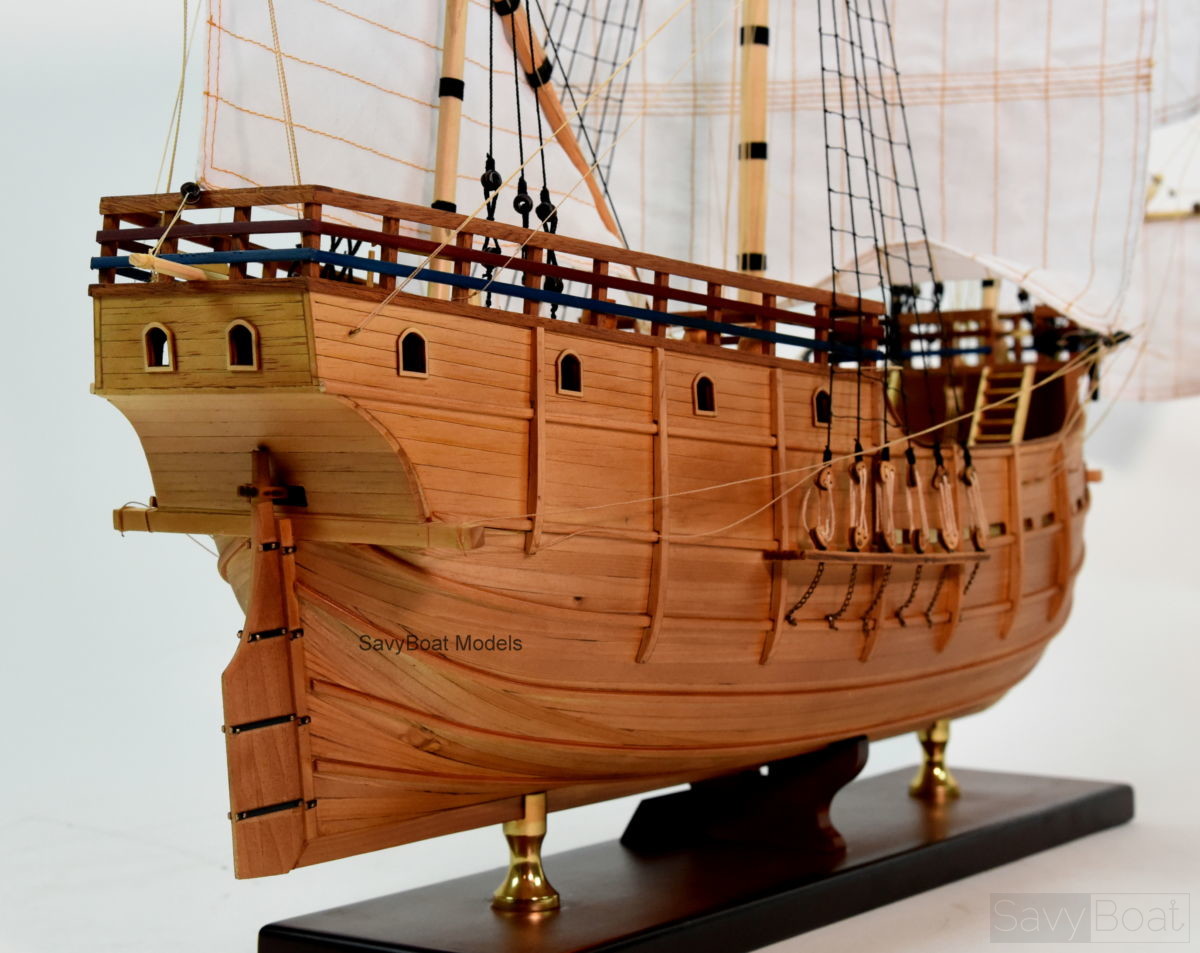
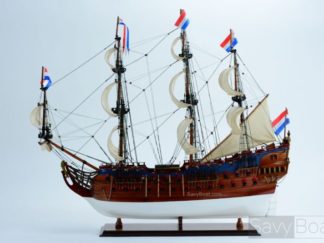
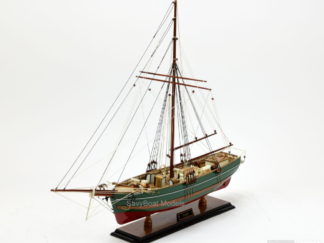
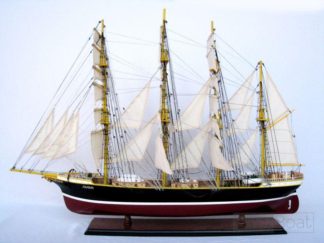
Reviews
There are no reviews yet.